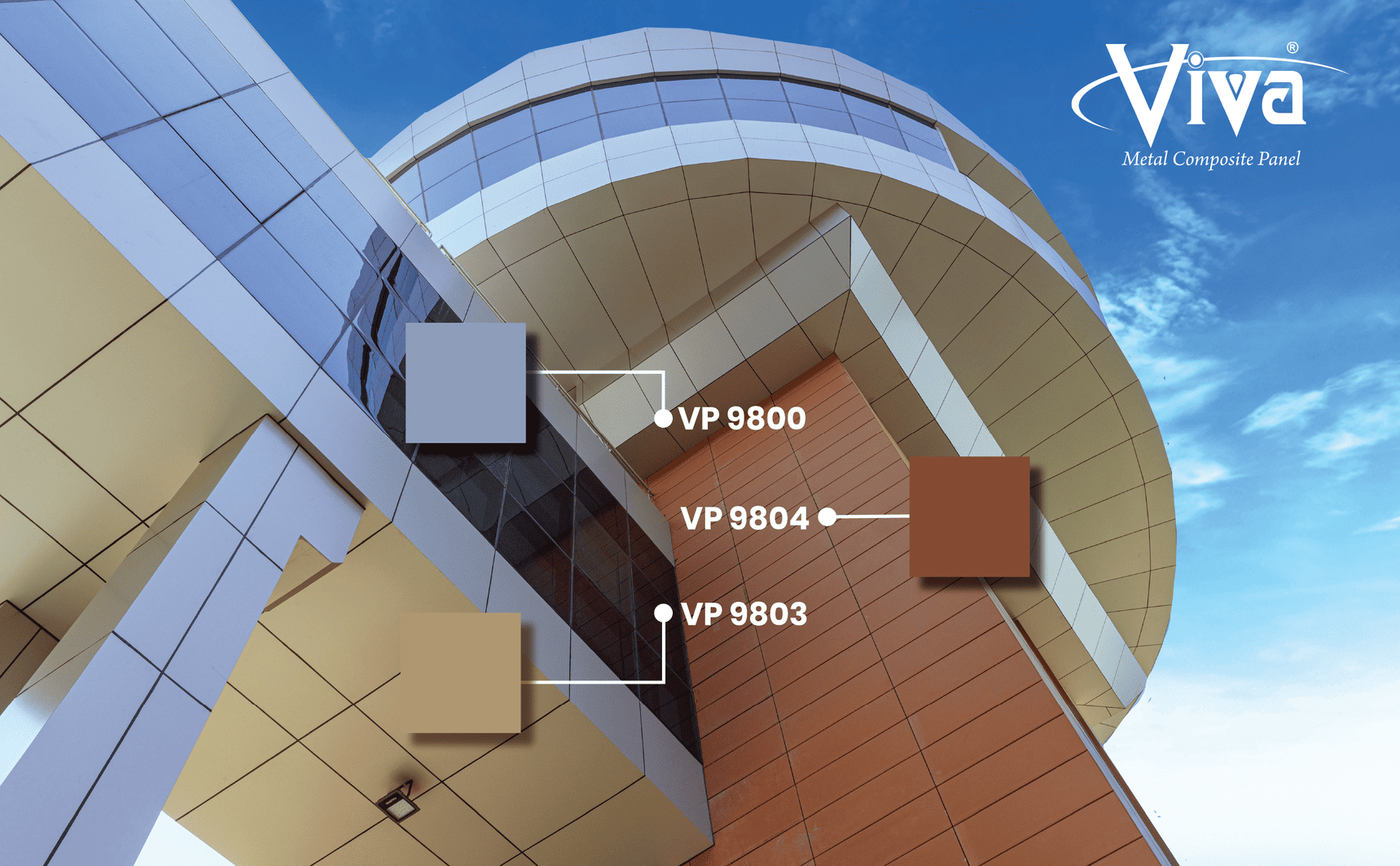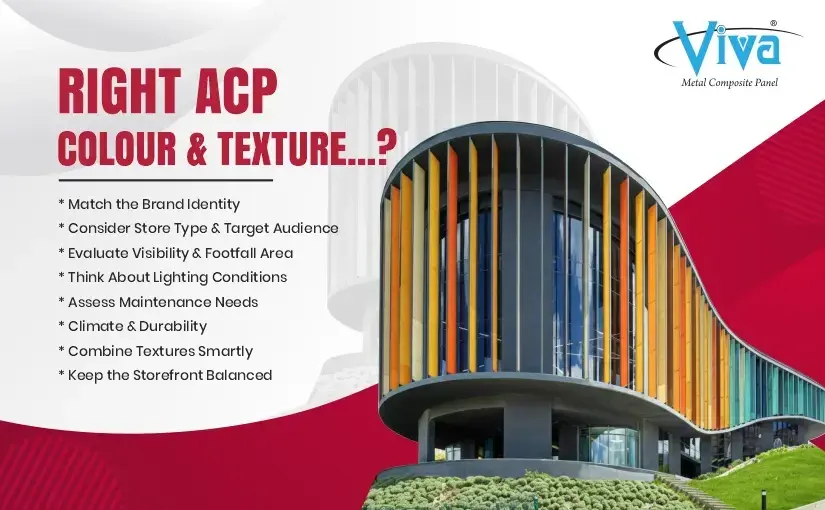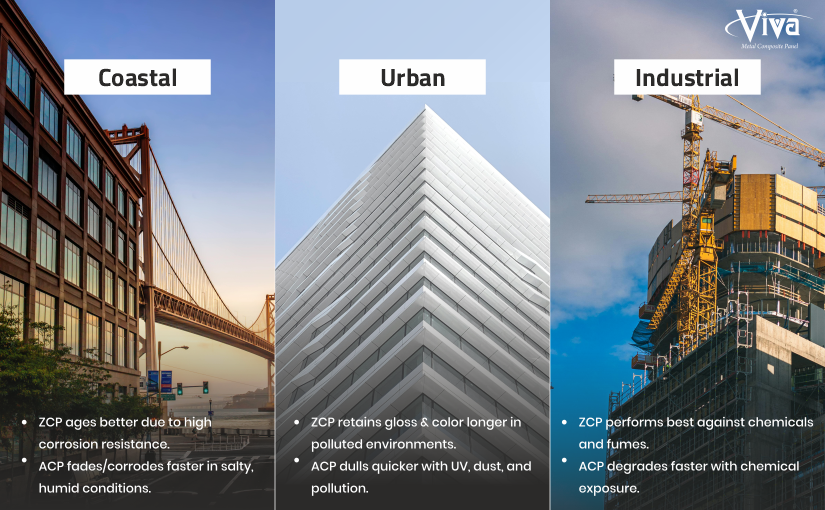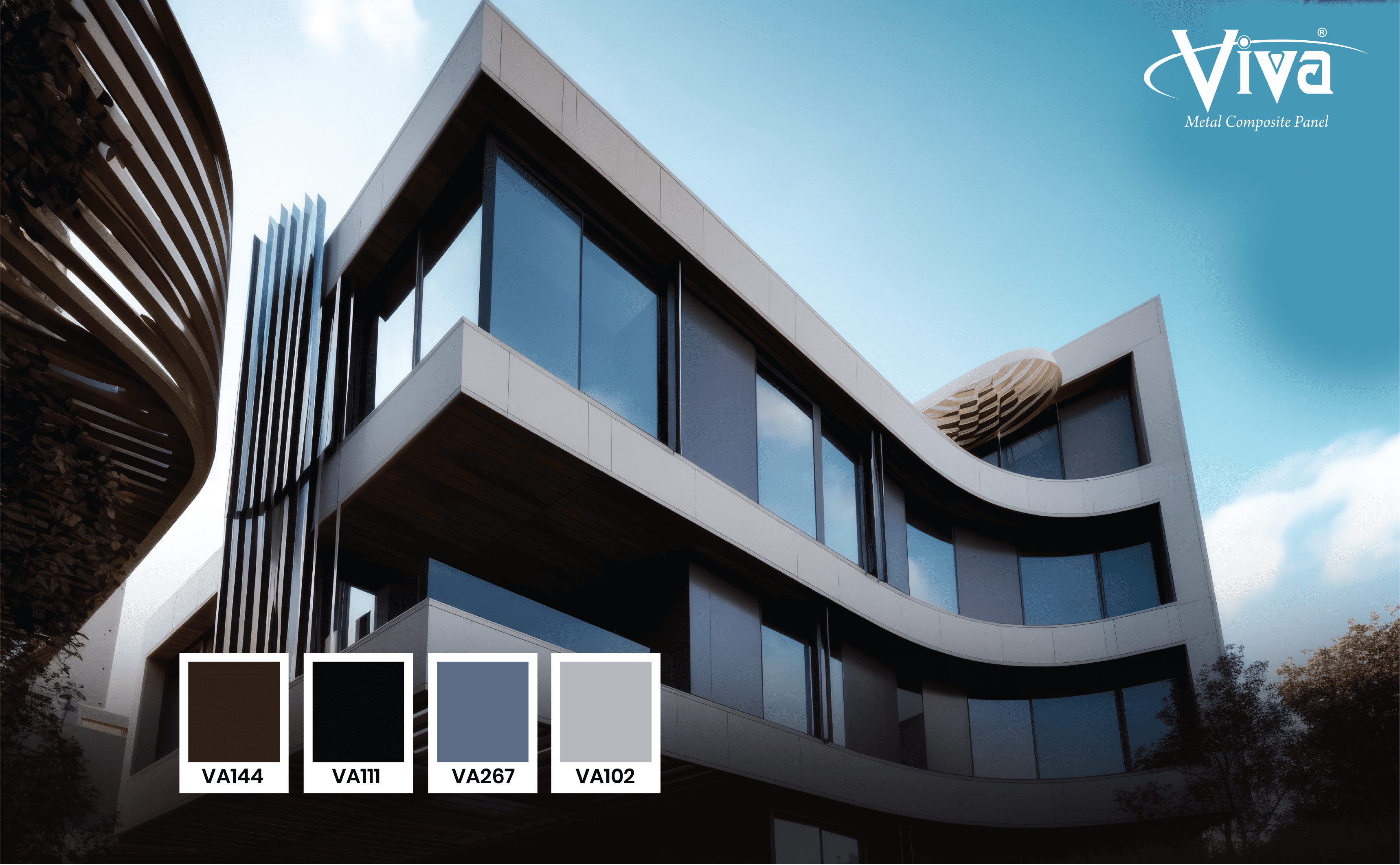
If you walk through any modern Indian city, you'll notice something about the buildings (especially the commercial ones). When it comes to commercial building elevation design, it is no longer just about wrapping a building in glass or picking a neutral finish that blends into the background. Today, the facade is part of the strategy.
Elevation design is now tied to branding & performance. This is true for corporate offices as well as retail spaces, institutional buildings & transit hubs. Welcome to this blog that takes a practical look at what's changed in commercial elevation design. You will also know why it matters and how material innovation is helping shape this shift.
A Shift in Priorities
Not long ago, a building's elevation was treated like the final layer of paint. It was something to figure out once everything else was done. Now, it's part of the earliest planning discussions. You may ask why. And the answer is that the commercial building elevation design impacts everything from local permissions to long-term maintenance expenses. It is what shapes brand perception. It is also influencing the concept of energy efficiency. Sure, aesthetics still matter (they always will). But now, design teams are also asking:
● Will this material hold up through monsoons and heat waves?
● Will it delay approvals or speed them up?
● Can we get the exact finish in time, or are we going to need to make changes last minute?
These are the real questions we hear all the time.
Not Just Glass and Neutral Tones Anymore
Material choices used to be predictable. You'd see a lot of glass. Some polished stone. Maybe a safe grey or beige finish. And that was it.
That's changed. Now, designers are exploring options that include brushed metals, woodgrain textures, deep matte finishes, even reflective colours that shift tone depending on the light. There's more room for experimentation, but there's also more pressure to get it right.
And honestly? Sometimes the challenge is balance. Everyone wants something that looks bold and fresh, but they also want something practical, easy to install, low on upkeep, and compliant with building codes. That's where a lot of the back-and-forth happens during the design phase.
The Role of Visualisation (and How It Actually Helps)
Here's something that's made a huge difference in the last few years: 3D visualisation.
It is useful to give architects and project managers the ability to see how commercial building elevation design elements look before they commit. You can try out colour combinations, play with textures, or simulate how a finish will reflect sunlight at different times of day.
It sounds simple, but this kind of upfront clarity often prevents problems that would otherwise show up on site. Like mismatched finishes. Or realising too late that a design doesn't pop the way you thought it would. All in all, it saves a lot of time.
Performance Over Just Looks
Let's be honest: looking great is one thing. But in cities like Mumbai, Delhi, or Hyderabad, where buildings face heat, rain, humidity, dust, and pollution, looks don't last unless the material is doing its job.
Commercial building elevation design has to stand up to the environment. This is one of the reasons we use high-quality aluminium with PVDF coatings like KYNAR 500. These materials resist fading, peeling, and corrosion over time. It's not glamorous, but it's what keeps facades looking sharp five or even ten years down the line.
And there's another layer to this: fire safety. You'd be surprised how often this gets overlooked. That's risky not only from a safety point of view, but from a compliance angle too. That's why our FR-rated panels (Class B1, A2, and A2+) are standard, not something we offer "if asked."
Certifications Without the Usual Headaches
There's no shortage of good-looking facade materials out there. But not all of them can back up their claims with certifications. And that's where projects can run into trouble.
With commercial builds, there's usually a long chain of approvals. Architects want LEED or IGBC points. Builders need sign-offs from fire departments. Auditors ask for paperwork. Our ACP panels are certified under EPD, BIS, EN 13501, NFPA 285, and ASTM D1929. That covers fire resistance, smoke behaviour, and weather durability. We also use recyclable core materials, which helps with green building targets.
Sustainability That Starts on the Outside
When people think of green buildings, they usually picture solar panels or rainwater harvesting systems. That's all important, of course, but we'd argue that exterior materials deserve more attention too.
The right commercial building elevation design can reduce solar heat gain, which means the building stays cooler and uses less energy. Our panels reflect a portion of sunlight and insulate the structure better than plain metal or glass.
What we're most proud of, though, is what happens behind the scenes. Several of our production facilities run on solar power. We recycle aluminium scrap and reuse core materials. Waste is actively managed. We don't claim to be perfect, but we're taking steady, measurable steps that align with what clients want from modern buildings.
Built for Scale (Because It Needs to Be)
Here's something we hear a lot from contractors at Viva: "The material is great, but can you deliver it in time?" That's fair. A beautiful elevation design doesn't mean much if the panels show up late or don't match the approved sample.
That's why we've invested in manufacturing capacity of over 7 million square metres annually, across six lines. Our distribution includes 30+ warehouses and 500 dealers across India. It's not the flashy part of our business, but it's what allows us to support high-volume projects and export orders across the UAE, East Africa, and Sri Lanka without slipping on delivery or quality.
Final Thoughts
The way we think about commercial building elevation design has changed, and it's still changing. It's no longer just an aesthetic decision. It impacts the entire build cycle, starting from first concept drawings to final occupancy checks. It's tied to brand identity, energy strategy, and occupant experience.
If your next project needs an exterior that does more than just look pretty, we at Viva would love to talk because commercial building elevation design isn't optional anymore. It's foundational.





 en
en
 Spanish
Spanish Arabic
Arabic Swahili
Swahili French
French

